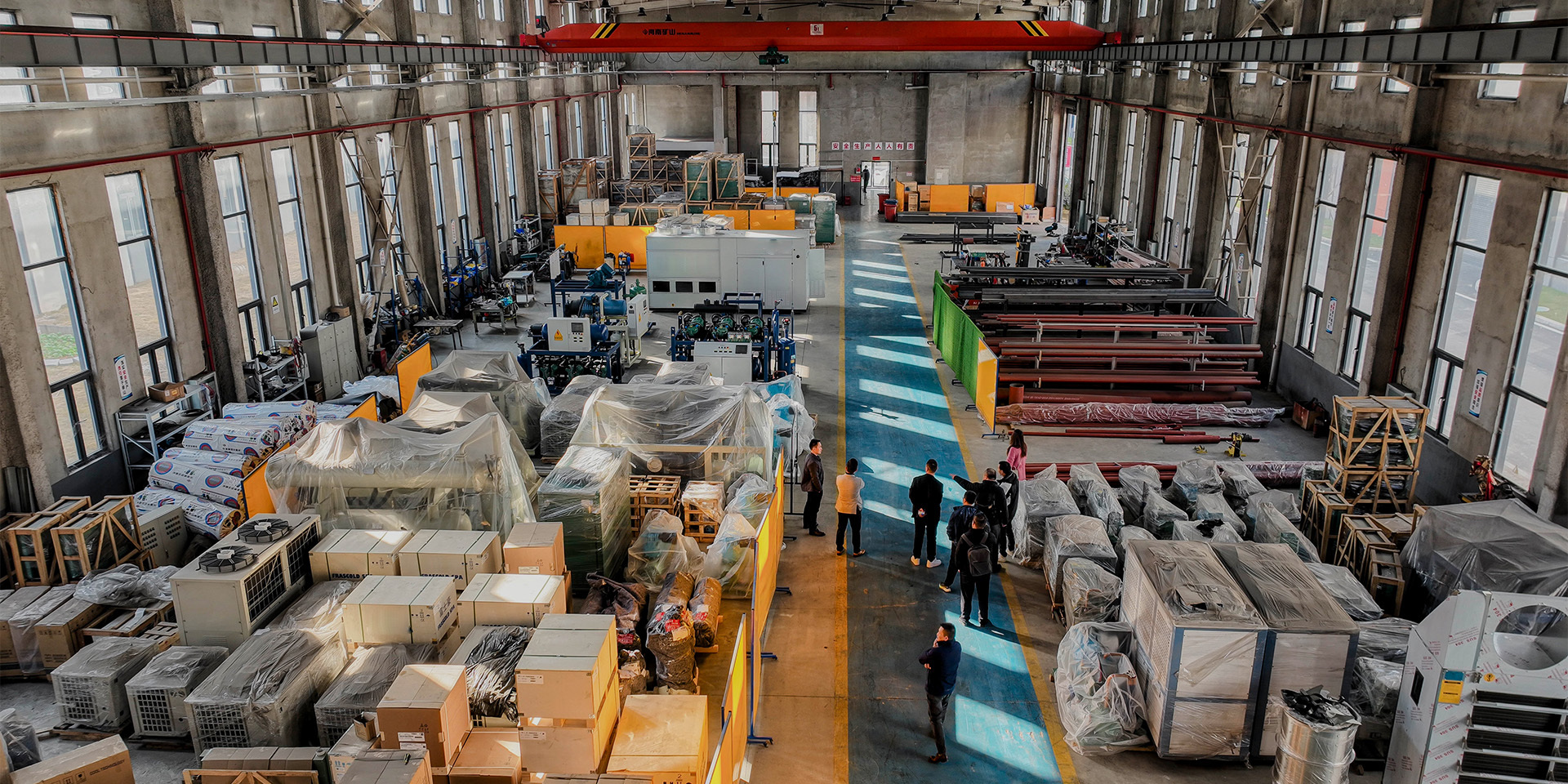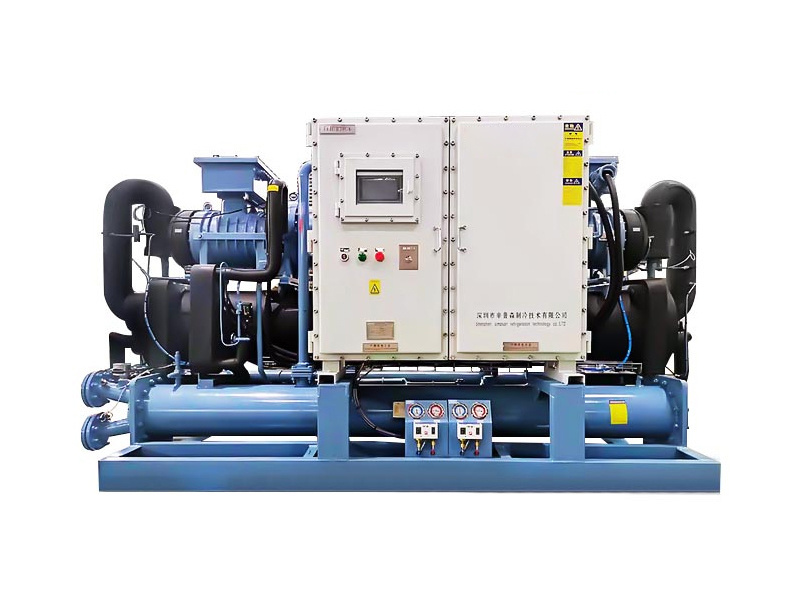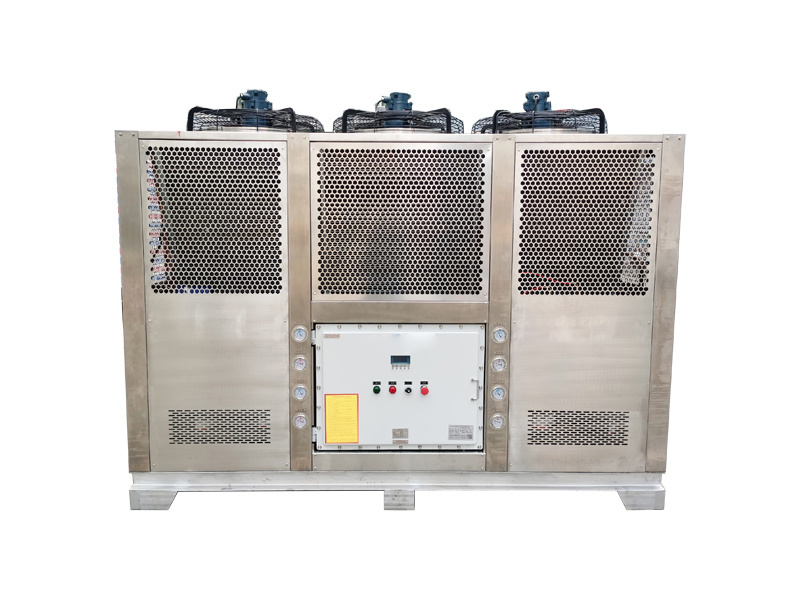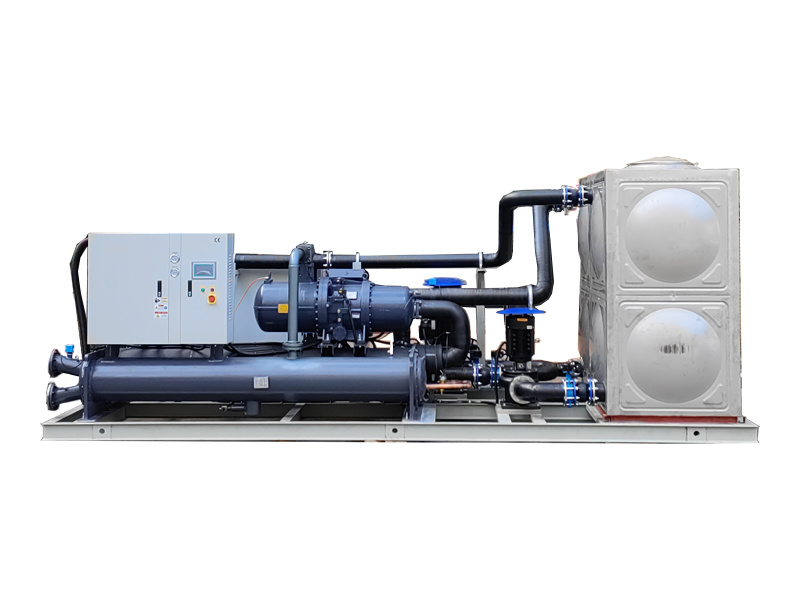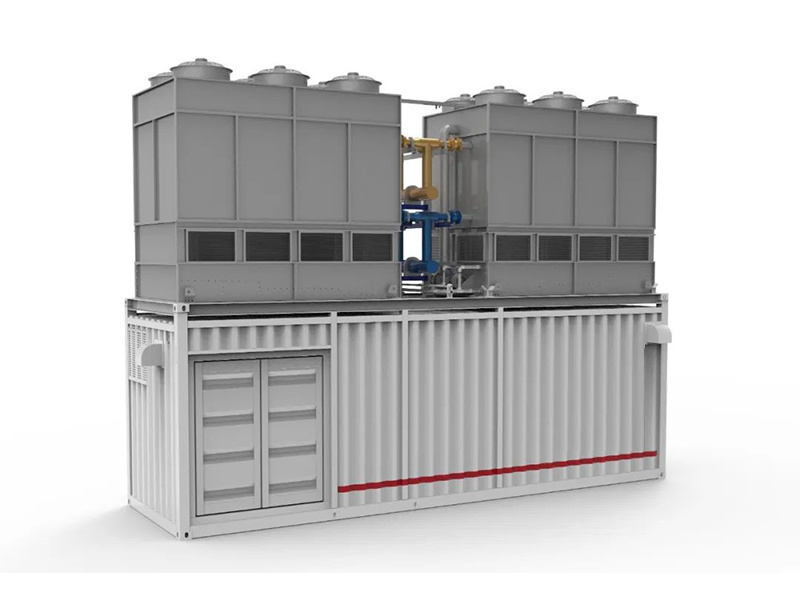Special Customized Series
-135℃ ~ 300℃
All components are manufactured in accordance with national explosion-proof standards. For example, electrical equipment conforms to GB3836 series standards, and key components such as compressors, fans, water pumps, and electrical control boxes have special explosion-proof markings, such as ExdIIBT4 and ExdIICT4, which can prevent explosions caused by electrical sparks, high temperatures, etc., in flammable and explosive environments, ensuring the safety of personnel and equipment.
Corrosion-resistant materials are used: Key components such as evaporators, condensers, and pipelines that come into contact with refrigerants or water are made of corrosion-resistant materials such as 316 stainless steel and titanium alloys. These materials have good resistance to corrosive media such as acids, alkalis, and salts, and can operate stably for a long time in harsh chemical environments. For example, in the electroplating industry, various corrosive solutions are often present, and the use of corrosion-resistant chillers ensures the normal operation of the equipment.
Compact Structure: The main components of the refrigeration system, such as the compressor, condenser, evaporator, throttling device, water pump, water tank, and control system, are highly integrated into a single frame or chassis. This integrated design reduces the equipment's footprint, making it better suited for installation needs in large buildings, factories, or project sites with limited space.
Mobile containerized chiller room
Equipment Integration: The main equipment and components required for the refrigeration system, including chillers, pumps, water tanks, water treatment equipment, valves, pipes, and control systems, are integrated into a single container to form a complete, independent refrigeration system. This high degree of integration reduces the amount of on-site installation and commissioning work, improving the system's reliability and stability.






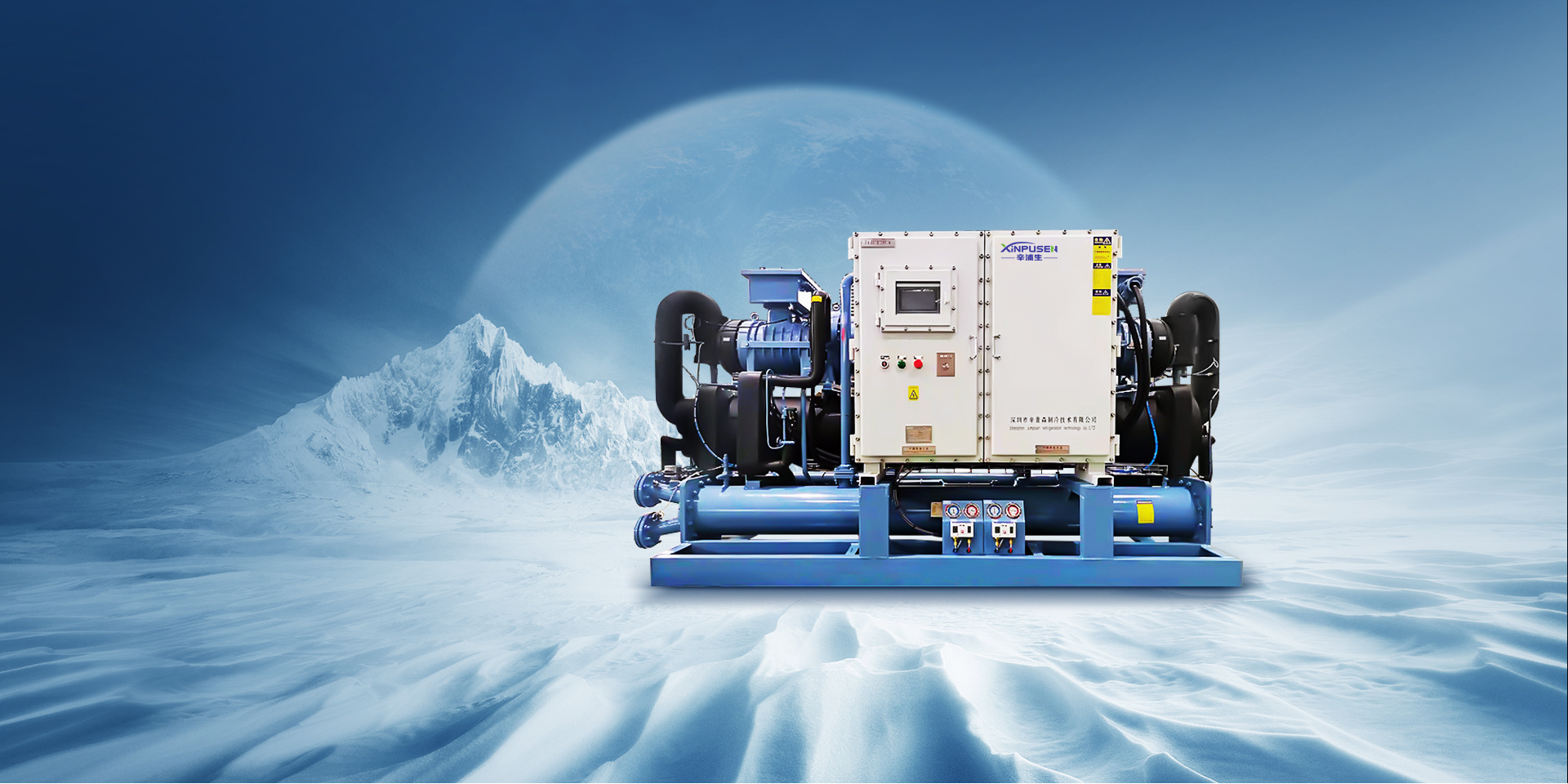


 CN
CN EN
EN